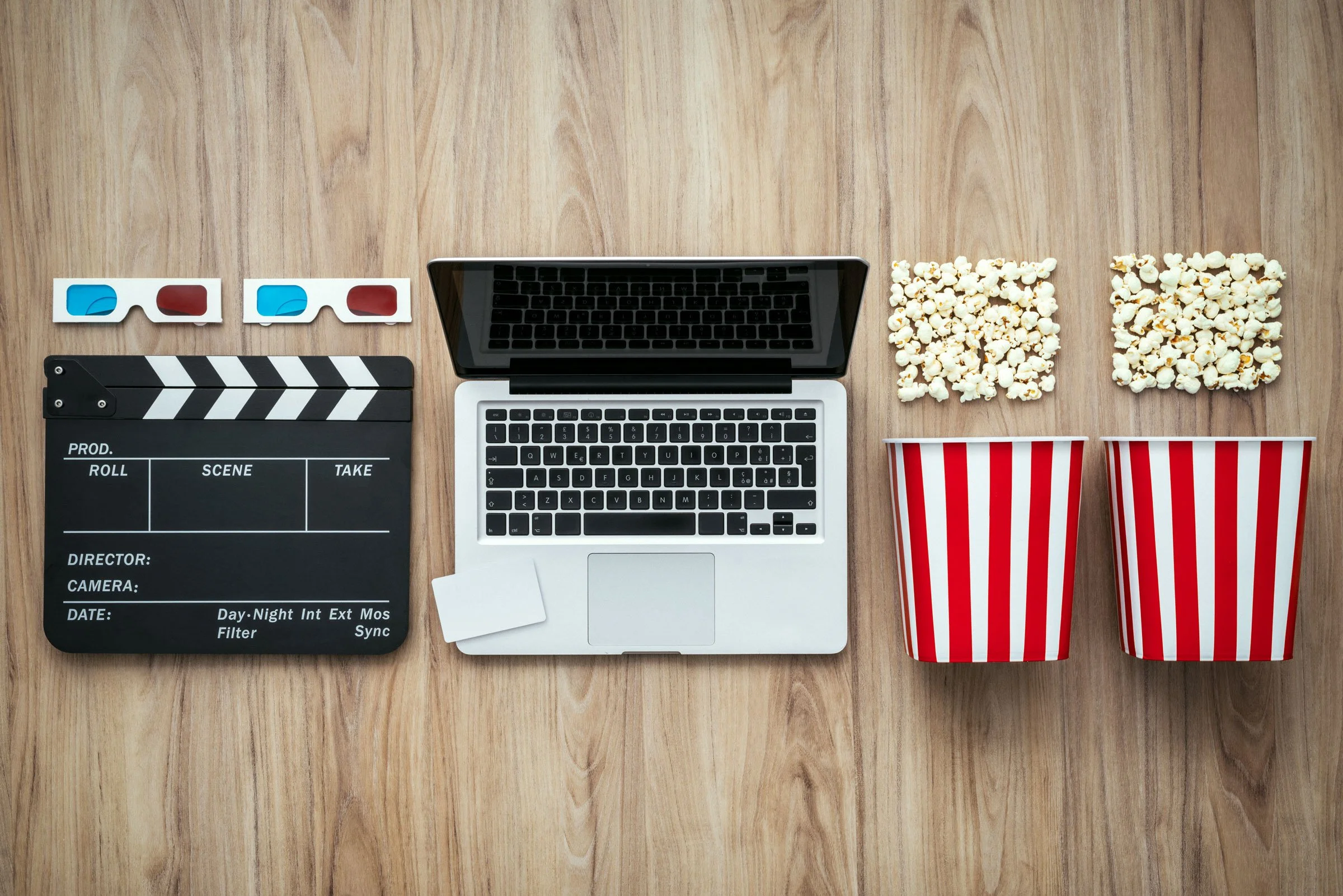The Problem with Many Photo Editing Tutorials
Recently, I was trying to record a tutorial on editing landscape photography. In the end, I didn’t publish it because I felt that the edits I had done weren’t dramatic enough for people to watch. In fact, I even had that criticism about some of my editing tutorials before, that the edits I was making weren’t significant enough. This led me to realise the paradox of photo editing tutorials, especially on YouTube or other socially driven platforms. Unless you’re dramatically changing the image or doing extensive edits, people will find it “boring” and not watch or complain. But the reality is, in most cases, restraint will lead to better images.
So, how do you deal with this paradox?
The answer is, I don’t really know. I’m as guilty of it as anyone. Perhaps platforms like YouTube, that are becoming more and more clickbait driven, just aren’t suitable to this kind of tutorial. The problem is: I think that there is a segment of the community learning about photography who believes that you must process an image to within an inch of its life to be interesting. (And to be fair, there are other factions that decry any kind of editing as hearsay)
The thing is, though, if you want to be truly good at editing images, you really need to learn restraint. And it’s not as easy as it sounds. It can easily become a bad habit to crank up those sliders looking for some effect, or some way to magically transform your images, but more often than not, this just robs them of their character. Unfortunately, restrained editing doesn’t make for good viewer numbers on YouTube.
Mountain Valley in Connemara, West of Ireland
There are many common themes among the over-processing that you often see on instagram, Flickr and other photo sharing sites. Tools like shadow and highlight recovery, are regularly overused to flatten the contrast from images, cranking up the shadows and pulling down the highlights until there’s just a bland mass of pixels, and then pumping up the clarity and contrast to bring some texture back into it. But one of the things I learned from studying cinematography is that dark parts of an image add contrast and direct your attention. They add depth and drama, so resisting the urge to push the shadows in every image is an important restraint to learn. It probably doesn’t make for good clickbait, though.
Another one is colour balance. I’ll often see people either shooting on a dull or cloudy day with auto white balance turned on, or correcting it afterwards and trying to make everything warm. The idea is to somehow “correct” for the lack of sunshine. When in reality, embracing the cooler tones will give you a much better image, and a much more natural shot. But with so many tutorials on how you should be using the “overcast” white balance setting, or telling you to push up the temperature slider to get the “correct” white balance, it’s no wonder this is the case.
And then there’s sharpening. The most commonly over-cranked adjustment is sharpening (and now, texture). If you look on sites like Flickr, one of the most common problems with images is that people have turned the sharpening up far too high. You even see it in books and magazines now. People have obviously learned from tutorials telling you how to extract every last ounce of detail from an image, but those same tutorials neglected to mention that you shouldn’t really need do it except in rare occasions. Otherwise, you end up with a horribly over-sharpened image.
And this is unfortunately the paradox of today. Many people are learning photography skills from YouTube and other sites, that are dictated by the need to maintain interest long enough to gain more ad revenue. That’s not to say there aren’t good tutorials on YouTube because there are, lots of them in fact. But what’s often lacking is context, and that’s the issue with learning things in bite sized chunks. So, if you want to learn photography, consider buying a book or taking a course because learning a bit here and a bit there can miss out on a larger picture. And I fully realise that my blog is no different in this case. So, while the kinds of things you can learn on sites like mine and videos on YouTube are useful in their own right, try to consider them part of a larger picture too. And when you’re editing images, take a step back and remember that sometimes, less really is more. Restrained editing might not make for a great YouTube video, but it will improve your results.







